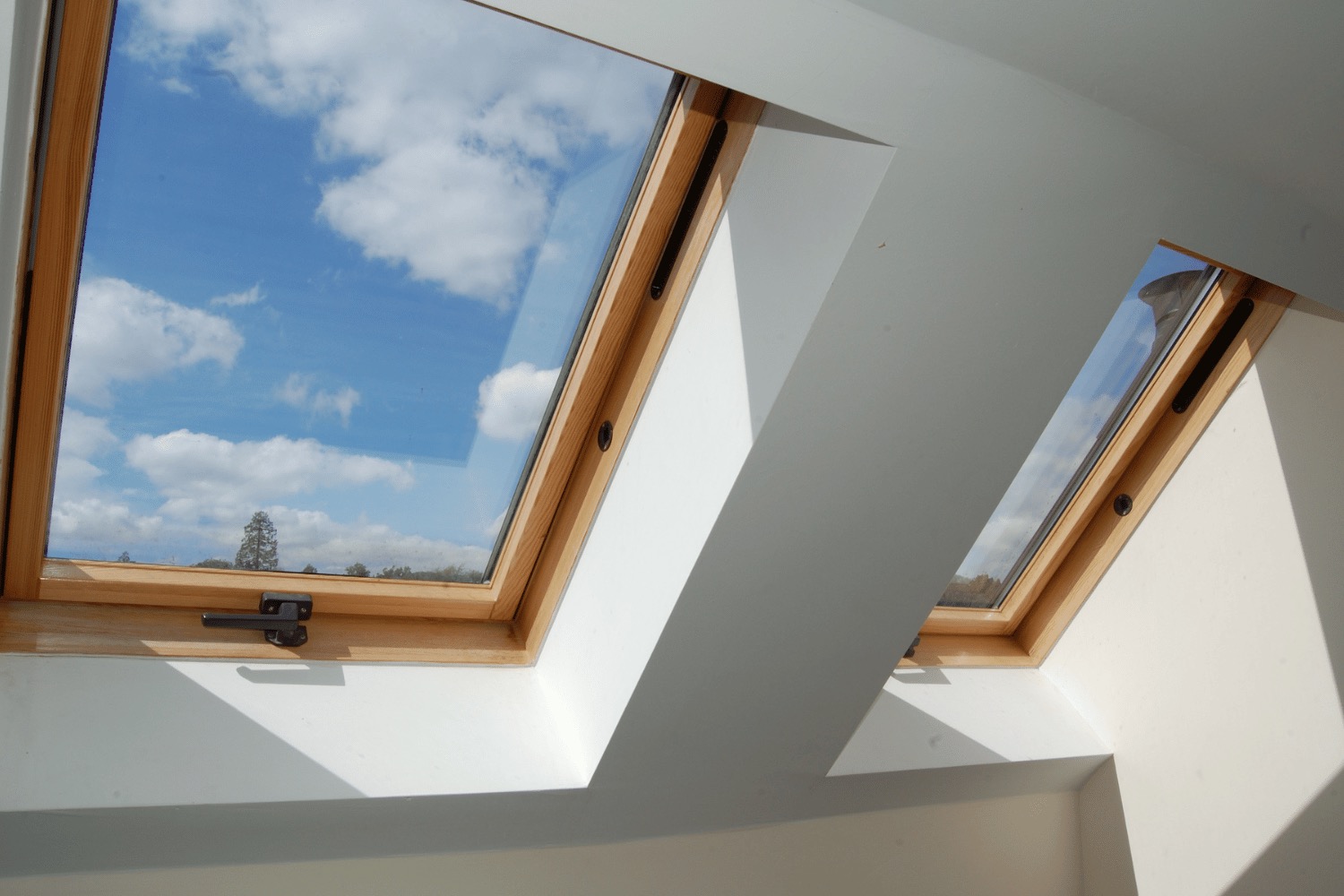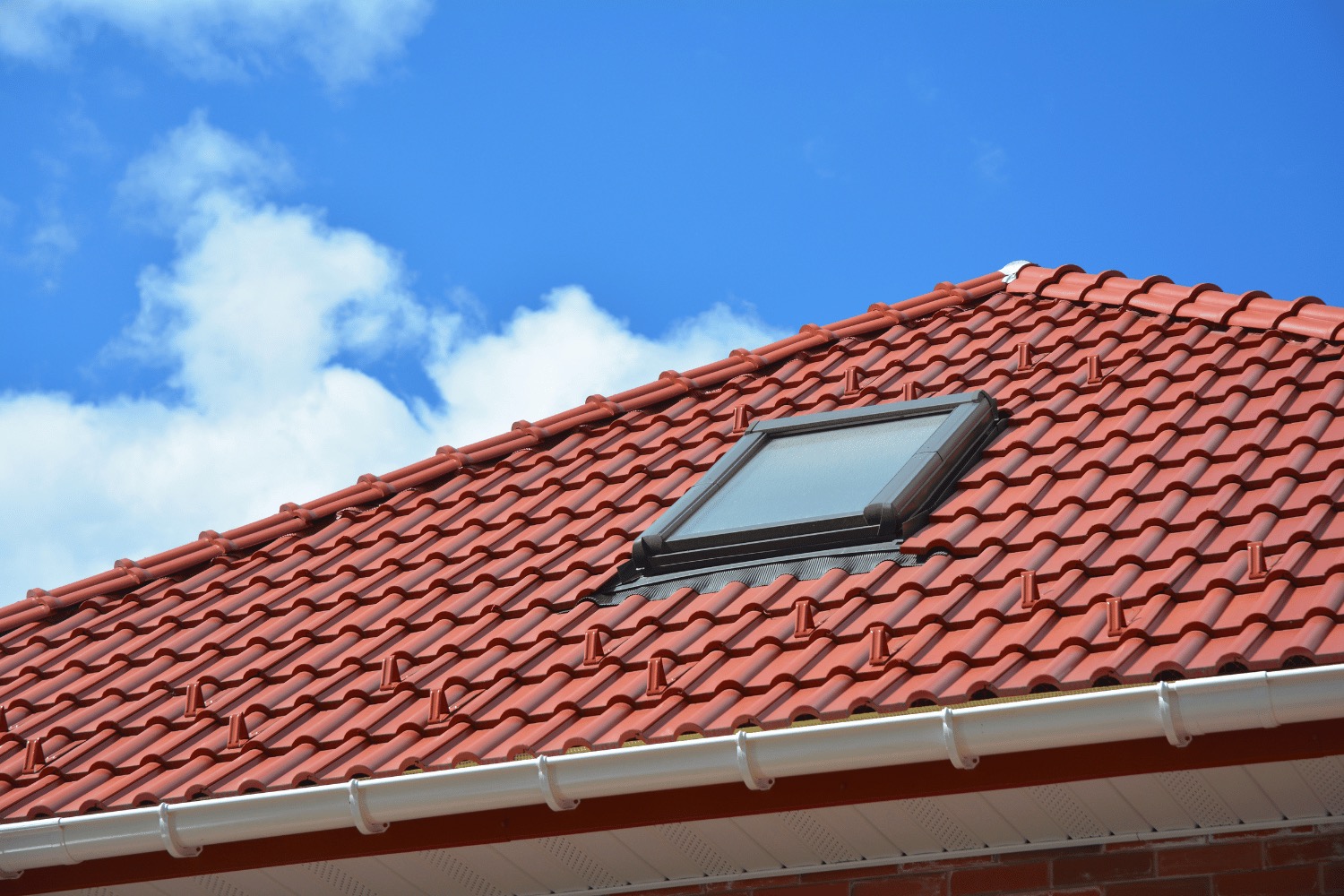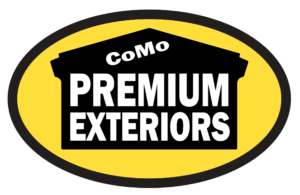Want to know the costs and benefits of skylight installation? This guide covers what you need to know, including price factors and maintenance tips, to help you make an informed decision.
Key Takeaways
- Skylight installation costs in 2024 typically range from $1,185 to $3,170, influenced by factors such as skylight type, size, and shape.
- Choosing materials and installation methods significantly impacts costs; Vinyl frames and curb-mounted skylights are cost-effective options, while higher-end materials and deck-mounted styles increase expenses.
- Regular maintenance, including cleaning and repairs, is crucial for long-term performance and cost-efficiency, with annual upkeep costs ranging from $150 to $300 for cleaning and up to $1,500 for major repairs.
Introduction
In 2024, homeowners are increasingly turning to skylights to transform their homes. These installations offer a range of benefits, including:
- Brightening up spaces
- Significant energy savings
- Aesthetic enhancements
- Improving mood and regulating circadian rhythms
- Providing ventilation while maintaining privacy
Skylights, also known as roof windows, are a great addition to any home, and many homeowners decide to install a skylight, such as a tubular skylight, for added natural light and aesthetic appeal.
This guide covers everything from average costs and factors influencing them to practical tips for saving money and ongoing maintenance.
Average Skylight Installation Cost

Illustration of skylight installation cost
Understanding the average skylight installation cost is the first step for homeowners considering this upgrade. In 2024, typical costs range from $1,185 to $3,170, with an average of around $2,115. These costs can vary based on factors such as skylight type, size, and shape. By breaking down these elements, homeowners can get a clearer picture of what to expect.
Skylight installation costs are influenced by several factors. For instance, fixed skylights, tubular skylights, and ventilated skylights have different price ranges. Additionally, the size and shape of the skylight can significantly affect the overall cost. Larger or custom-shaped skylights tend to be more expensive due to increased material and labor requirements. Understanding these variables helps homeowners plan their budget effectively.
Cost by Type
The type of skylight chosen plays a significant role in determining installation costs. Fixed skylights, which are non-operable, typically range from $200 to $1,200 for materials and $850 to $2,500 for labor. These are great for rooms where ventilation isn’t a priority but increased natural light is desired.
Tubular skylights are another cost-effective option, with an average cost of $350 for materials and around $430 for installation. These are ideal for small spaces like hallways and closets. Ventilated skylights, which can be opened to allow fresh air, are generally more expensive, with material costs averaging around $1,200. Each type offers unique benefits and cost implications, making it essential to choose based on specific needs and budget.
Cost by Size
The size of the skylight significantly impacts the installation cost. Larger skylights require more materials and labor, leading to higher expenses. For instance, a skylight that is too large for the room can lead to excessive heat gain or loss, affecting energy efficiency and comfort.
The U.S. The Department of Energy suggests that for rooms with many windows, skylights should be no larger than 5% of the room’s square footage. In rooms with few or no windows, skylights should not exceed 15% of the room’s square footage. Keeping these guidelines in mind can help homeowners choose the right size to balance cost and functionality.
Cost by Shape
Installation costs can also be influenced by the shape of a skylight. Different shapes may require different methods for installation, which can impact the overall cost. Unique shapes like circles or pyramids tend to be more expensive due to the complexities involved in manufacturing and installation. These nontraditional shapes can add a distinctive aesthetic appeal but come at a premium price.
Standard rectangular or square skylights are generally more cost-effective and easier to install. However, for homeowners looking to make a bold design statement, investing in uniquely shaped skylights might be worth the additional cost. Balancing aesthetic desires with budget constraints is key when selecting the shape of a skylight.
Detailed Breakdown of Skylight Installation Costs
A detailed breakdown of skylight installation costs reveals several factors that significantly impact the budget. Beyond the type, size, and shape of the skylight, components such as framing material, mounting style, and glazing material play crucial roles. Understanding these elements helps homeowners make informed decisions and avoid unexpected expenses.
The choice of framing material, whether vinyl, metal, or wood, influences both the initial cost and long-term maintenance. Mounting styles, including curb-mounted and deck-mounted options, have different installation complexities and costs. Additionally, the glazing material selected—acrylic, tempered glass, or double-pane glass—affects both the price and energy efficiency of the skylight. Each of these factors will be explored in detail.
Framing Material
The framing material of a skylight is a significant cost factor. Vinyl frames are the least expensive option but may not perform well under extreme temperatures. They are suitable for budget-conscious homeowners but may require more frequent replacements.
Metal frames, such as aluminum or steel, offer greater durability but can be poor insulators, leading to higher energy costs over time. Wood frames provide a traditional aesthetic and good insulation but come at a higher price and require regular maintenance to prevent rot and damage. Choosing the right framing material depends on balancing upfront costs with long-term performance and maintenance.
Mounting Style
Mounting style is another critical factor affecting skylight installation costs. Curb-mounted skylights, which sit atop a frame that protrudes from the roof, are generally less expensive, with costs ranging from $150 to $1,500. These are easier to install and can be a cost-effective option for many homeowners.
Deck-mounted skylights, which sit flush with the roofline, typically cost more, averaging between $1,500 and $2,500. This style offers a sleeker appearance and better energy efficiency but involves more complex installation processes. Understanding the differences between curb-mounted and deck-mounted skylights helps homeowners choose the best option for their budget and aesthetic preferences.
Glazing Material
The glazing material selected for a skylight significantly influences both the cost and performance. Acrylic glazing is the least expensive but can scratch or discolor over time. It is a budget-friendly option but may require more frequent replacements.
Tempered glass is commonly used for flat skylights and offers better durability and clarity. Double-pane glass, while the most expensive option, provides superior insulation and energy efficiency, making it a worthwhile investment for long-term savings. Homeowners should consider both the initial cost and long-term benefits when selecting glazing materials.
Labor Costs for Skylight Installation

Illustration of labor costs for skylight installation
When considering the cost to install a skylight, labor costs can vary widely based on the complexity of the project. Typically, these costs range from $300 to $3,725. Simple installations on non-vaulted ceilings tend to be less expensive, while more complex projects, such as installations on vaulted ceilings or flat roofs, can be significantly higher.
Hiring a professional ensures proper installation, reducing the risk of leaks and water damage. Professional installations often come with warranties, providing peace of mind and potentially saving money on future repairs. For those considering DIY installation, it’s important to weigh the potential cost savings against the risks and complexities involved.
Professional Skylight Installation
Opting for professional skylight installation installing offers several advantages. Professionals have the expertise to ensure a watertight seal, proper flashing, and adherence to building codes, which are crucial for preventing leaks and structural damage. Many roofing and window companies provide skylight installation services, and there are also specialists who focus solely on this task.
Moreover, many skylight manufacturers require professional installation to maintain the product warranty. This ensures that any future issues are covered, potentially saving homeowners significant expenses down the line. The cost for professional installation can range widely, but the investment often pays off in terms of quality and longevity.
DIY Skylight Installation
While DIY skylight installation can save on labor costs, it is generally not recommended due to the risks involved. Installing a skylight requires precise measurements, cutting into the roof, and ensuring a watertight seal, tasks that are challenging without professional training. Mistakes can lead to leaks, structural damage, and voided warranties, potentially resulting in higher costs in the long run.
Safety is another major concern. Working on a roof can be dangerous, and accidents are a real possibility. For these reasons, it is advisable to hire a professional roofing contractor for skylight installation. The potential cost savings of DIY are often outweighed by the risks and complexities involved.
Additional Factors Affecting Skylight Installation Costs
Several additional factors can influence the cost of skylight installation. Geographic location plays a role, as local labor rates and material costs can vary. The time of year also affects pricing, with potential seasonal fluctuations in demand and labor availability.
Roof design, including the pitch and complexity of the roof, can significantly impact installation costs. Some factors to consider include:
- The slope or pitch of the roof
- The number of roof levels or sections
- The presence of dormers or skylights
- The type of roofing material being used
Complex roof structures may require more labor and specialized techniques, which can increase the overall cost. Additionally, the scope of the project, including any additional features or customizations, further affects the total cost. Understanding these factors helps homeowners budget more accurately and avoid surprises.
Permits and Regulations
Obtaining the necessary building permits is a crucial step in skylight installation. Permits ensure that the installation meets local building codes and safety standards. The cost of permits can vary depending on the municipality and the specifics of the project, typically ranging from $200 to $500.
Ensuring that all necessary permits are in place helps avoid legal issues and ensures a smooth installation process.
Roof Type and Condition
The type and condition of your roof play a crucial role in determining skylight installation costs. Pitched roofs are generally more suitable for skylight installations, costing between $1,100 and $2,065. However, flat roofs may require additional labor and protections, potentially increasing costs to between $1,875 and $3,075.
Moreover, the condition of the roof is a significant factor. An older or damaged roof may necessitate repairs or even replacement before a skylight can be installed, which can add to the overall cost. A professional roof inspection, averaging around $215, is recommended to assess the roof’s condition and determine the feasibility of skylight installation.
Brand and Quality
The brand and quality of the skylight can also influence installation costs. Different brands offer a variety of skylights, ranging from budget-friendly to high-end options. Popular brands such as Sun-Tek, Velux, and Fakro provide different price points and features, with costs generally spanning from $200 to $3,800.
Evaluating the quality, materials, and warranties offered by various brands helps homeowners make informed decisions that align with their budget and quality expectations.
Ongoing Maintenance Costs
Regular maintenance is essential to ensure the longevity and performance of skylights. Ongoing maintenance costs primarily involve cleaning, winterizing, and repairs. Proper maintenance not only enhances the efficiency of skylights but also helps in avoiding costly repairs in the future.
Understanding these costs is crucial for budgeting and maintaining the value of the skylight investment.
Cleaning
Cleaning skylights at least once or twice a year is recommended to prevent dirt and grime build-up. The cost for cleaning ranges from $150 to $300, depending on whether homeowners choose to do it themselves or hire a professional.
Regular cleaning ensures the skylights remain efficient and visually appealing, allowing maximum natural light to enter the home.
Winterizing
Winterizing skylights is crucial for enhancing energy efficiency during colder months. This process helps maintain indoor temperatures and reduce heating costs, with costs ranging from $3 to $20 per square foot.
Proper winterizing can prevent heat loss and improve the overall performance of skylights, making it a worthwhile investment.
Repairs
Skylight repairs can vary significantly depending on the issue. Fixing a leaking skylight can range from $225 to $800, while repairing drafts can cost between $50 and $800. More complex repairs, such as fixing a broken motor or opening mechanism, can range from $150 to $1,000.
Replacing skylight glass is another common repair, with costs ranging from $300 to $1,500. Minor frame repairs generally cost between $100 and $300. Regular inspections and timely repairs can prevent minor issues from becoming major problems, ensuring the skylight remains functional and efficient.
How to Save Money on Skylight Installation

Illustration of how to save money on skylight installation
There are several strategies homeowners can employ to save money on skylight installation, including:
- Opting for DIY installation
- Choosing simpler designs
- Selecting standard sizes
- Comparing quotes from multiple contractors
These strategies can significantly reduce costs.
Additionally, investing in quality materials can save money in the long run by reducing the need for frequent repairs and replacements.
Choosing Standard Sizes
Choosing standard size skylights is one of the most effective ways to save money. Standard sizes are typically less expensive because they do not require custom manufacturing. Manufacturers often offer discounts on these sizes due to high production volumes, making them a cost-effective choice for homeowners.
Prefabricated standard size skylights also simplify the installation process, leading to reduced labor costs.
Comparing Quotes
Getting multiple quotes from local professionals, including a local roofing contractor, is crucial for understanding the market rate and avoiding overpayment. Comparing quotes helps identify the most economical option while ensuring quality workmanship by evaluating previous customer reviews. Some contractors may offer seasonal discounts or promotions, which can further reduce costs.
Price matching is also an option if a lower quote from a competitor is presented.
Investing in Quality Materials
Investing in quality materials can lead to long-term savings. Durable materials such as polycarbonate or fiberglass panels offer long-lasting performance and reduce the need for frequent repairs. High-quality materials usually come with longer warranties, which can save money on maintenance and replacements over time.
Choosing energy-efficient materials can also lower utility bills by improving insulation and reducing heat transfer.
Benefits of Installing Skylights

Illustration of benefits of installing skylights
Installing skylights offers numerous benefits, including:
- Increasing natural light in a home, improving both the ambiance and energy efficiency
- Enhancing the aesthetic appeal of a home, making rooms feel larger and more inviting
- Adding value to the property
They also improve indoor air quality and circulation by allowing hot air to escape and fresh air to circulate.
Enhanced Natural Light
Skylights introduce natural light into your home, livening up and balancing lighting in rooms where standard windows are insufficient. They provide balanced, even light throughout the day, enhancing the atmosphere and making spaces feel more inviting.
Skylights can also be designed to maintain privacy while still benefiting from natural lighting, making them suitable for intimate spaces such as bathrooms and bedrooms.
Improved Energy Efficiency
Installing skylights can lead to significant energy savings by:
- Reducing the need for artificial lighting during daylight hours
- Providing natural warmth in winter, reducing heating costs
- Helping with ventilation in summer, lowering air conditioning usage
Energy-efficient glazing options can further enhance these benefits by minimizing heat loss in winter and heat gain in summer.
Skylights with proper shading and glazing options are necessary to reduce glare and excessive heat gain. VELUX Curb Mount Skylights, for example, can be up to 35% more energy-efficient than plastic skylights, making them an excellent choice for homeowners looking to improve their home’s energy efficiency. Investing in energy-efficient skylights can lead to long-term savings on energy bills and contribute to a more sustainable home.
Aesthetic Appeal and Home Value
Skylights add visual appeal to buildings, making them more attractive to tenants and visitors. They can make a room feel larger and highlight architectural details, enhancing the overall design and aesthetic appeal.
Skylights also add value to your home by creating an attractive atmosphere with natural light, which can increase resale value. Energy-efficient models are particularly appealing to home buyers, making skylights a worthwhile investment.
Summary
In summary, skylight installation costs in 2024 vary based on numerous factors, including type, size, shape, framing material, mounting style, glazing material, and labor costs. Additional factors such as geographic location, roof type, and brand quality also play significant roles. While the initial investment may be substantial, the benefits of enhanced natural light, improved energy efficiency, and increased home value make skylights a valuable addition to any home. By understanding these costs and factors, homeowners can make informed decisions and enjoy the myriad benefits skylights offer.
Frequently Asked Questions
What is the average cost of skylight installation in 2024?
The average cost of skylight installation in 2024 is around $2,115.
Are there different types of skylights, and how do they affect costs?
Yes, there are different types of skylights, including fixed, tubular, and ventilated skylights, each with varying costs that can range from $200 to $2,500 for materials and labor.
How does the size of a skylight impact installation costs?
The size of a skylight impacts installation costs by requiring more materials and labor, leading to higher expenses. It’s advisable to keep skylights no larger than 5% to 15% of the room’s square footage.
What are the benefits of hiring a professional for skylight installation?
Hiring a professional for skylight installation can ensure proper sealing, adherence to building codes, and maintenance of the manufacturer’s warranty, reducing the risk of leaks and future repairs.
How can homeowners save money on skylight installation?
To save money on skylight installation, consider choosing standard sizes, getting multiple quotes, and investing in quality materials to minimize maintenance costs. This approach can help you make the most cost-effective decisions when installing skylights in your home.

